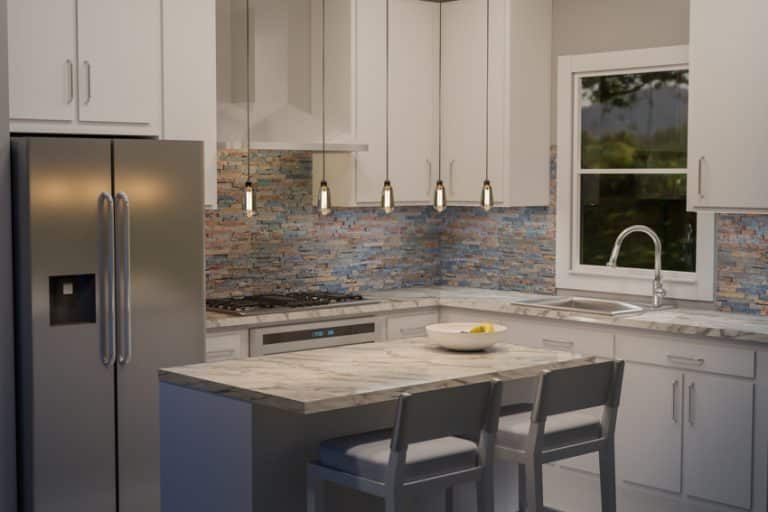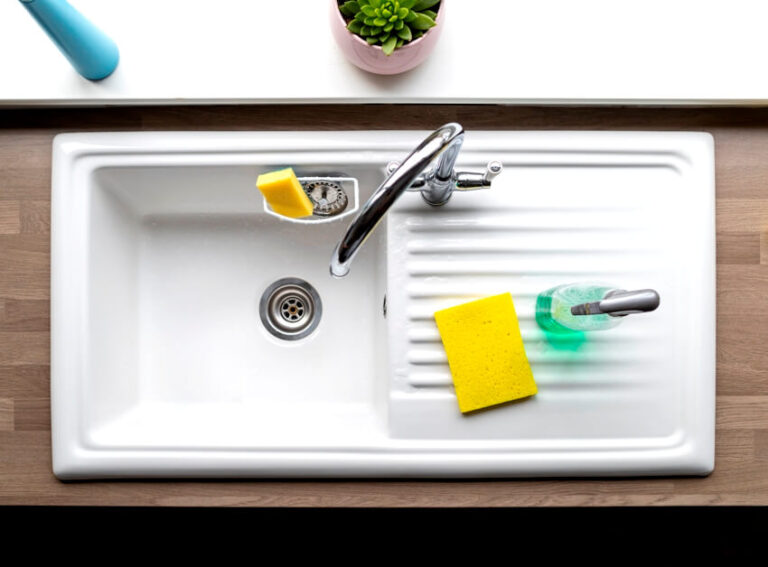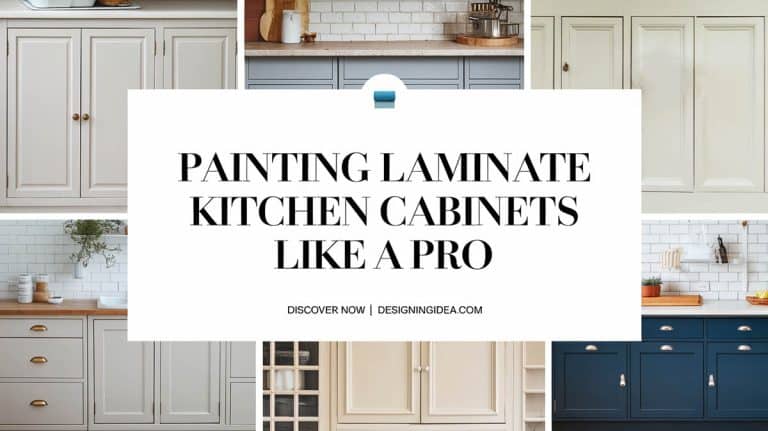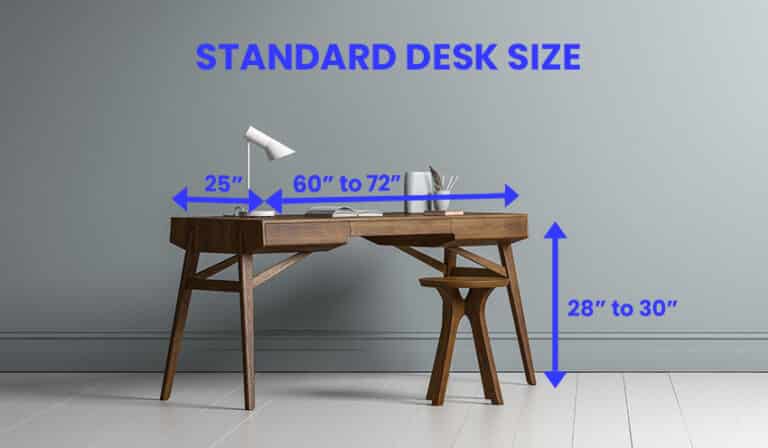Silestone Slab Size (Standard, Jumbo & Tiles)
Adding pizzazz to any room or surface is easy with engineered slabs like quartz based Silestone. It might look like an ordinary surface-covering material for floors, sinks, walls, and countertops, but this product has several advantages. Nobody questions its durability, but Silestone’s most treasured attribute is aesthetic versatility.
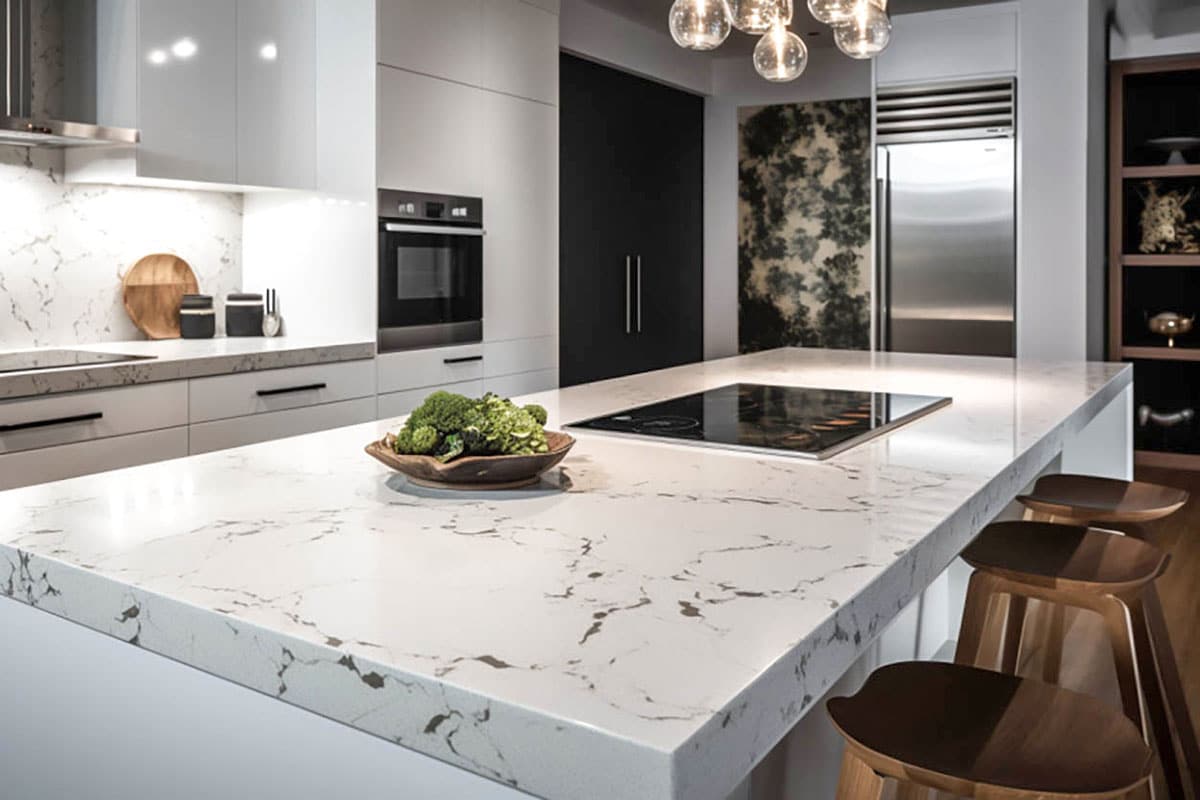
One of the first concerns about these quartz-based slabs is the “ideal” size for any project. This article addresses such concerns to help homeowners pick the right material for their home improvement requirements.
Standard Silestone Slab Sizes
Silestone slabs are massive architectural and design panels that can transform any room into a mesmerizing work of art. It doesn’t matter if one has a vintage abode or a minimalist yet ultra-modern home. These stone products are sure to take guests and visitors’ breaths away.
- The standard slab size is 55 inches by 120 inches.
- The jumbo slab size is 63 inches by 128 inches.
Note that dimensions vary slightly depending on the distributor, region sold, and the product line used.
Jumbo Slab Dimensions
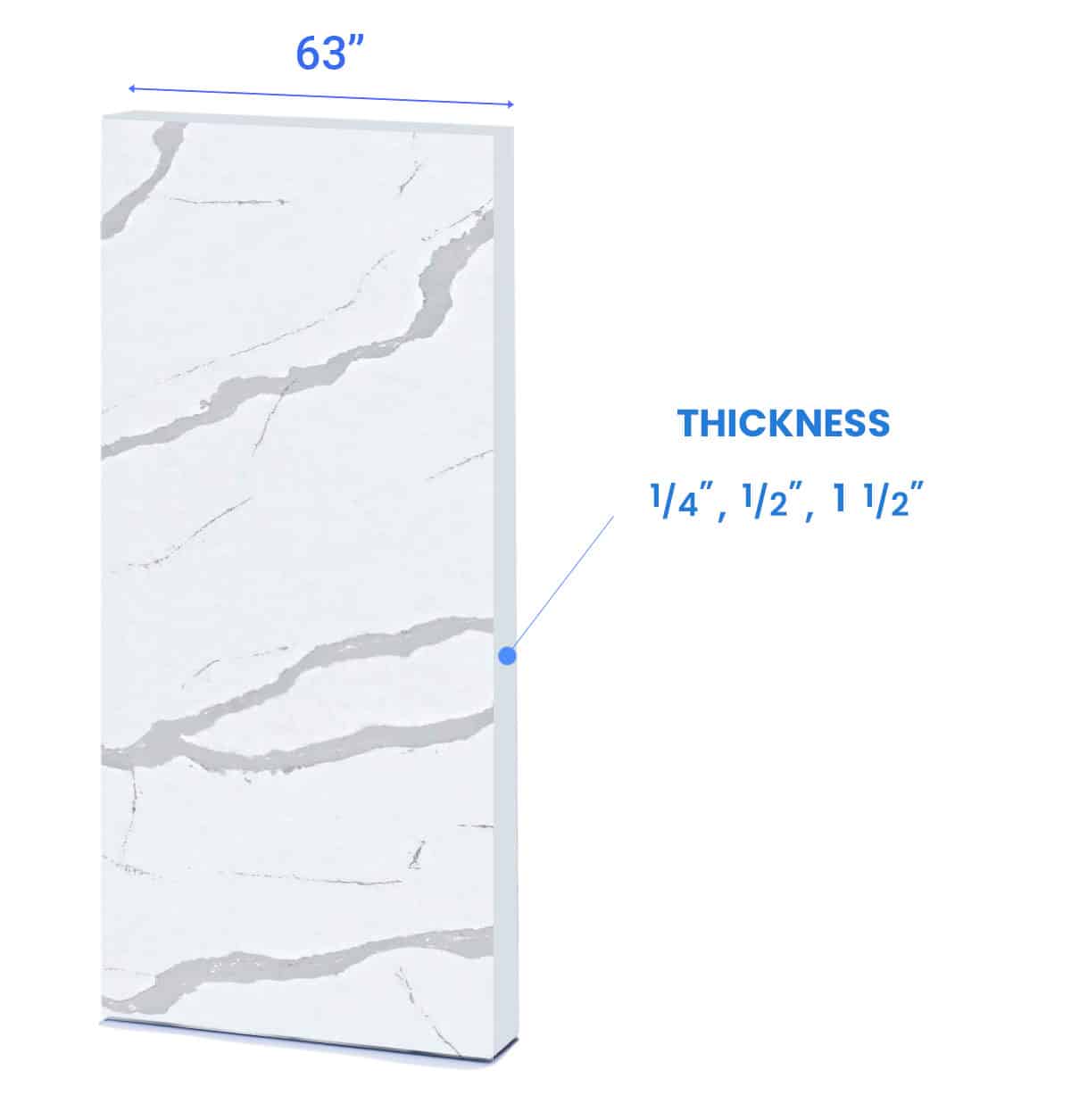
The largest panel you could get is enough to cover nearly 11 feet of lateral space (128 inches or 3.25 meters). That’s midway between the standard and longest countertop you could install in the kitchen. Unsurprisingly, jumbo slabs make perfect kitchen surface elements, showcasing their nonporous nature, bouncing light off the surface, and creating a mirror-like sheen.
Its cross-section is equally impressive, spanning front and back at 63 inches (1.6 meters). by 128 inches. That’s as wide as some people’s heights are.
Jumbo Silestone slabs aren’t ideal for kitchen countertops. Although their lengths would make for a seamless surface, jumbo widths are too enormous for the average kitchen. Of course, a mansion’s kitchen should be a welcome abode for such construction material.
You’d be forgiven for thinking the standard slab will be more appropriate for most homes. After all, it should be significantly smaller than its jumbo brother.
Unfortunately, standard panels are only 8 inches (20 centimeters) shorter and narrower than the wide-bodied jumbo slab.
The good news is contractors and technicians can cut these natural quartz panels into smaller sections to fit project requirements. However, no ordinary cutting tool can accomplish the task because the quartz material is extremely hard and dense. Only a diamond-tipped or -edged cutting device will do the job.
Tile Sizes
Homeowners can also buy pre-cut tiles for flooring projects. Although manufacturers vary in size offerings, these Silestone mini slabs range in 12×12-inch, 18×18-inch, and 24×24-inch squares (30×30 centimeters, 46×46 centimeters, and 61×61 centimeters, respectively).
Don’t like squares? Rectangular options are available, too (i.e., 12×24 inches or 30×61 centimeters and 12×35 inches or 30×89 centimeters).
Silestone Thickness
As Silestone slabs have two sizes, these panels have three thickness ratings. Here’s a tip for first-timers to use these slabs in home improvement projects. The thicker these materials, the more robust they are against impact and bending forces. In other words, homeowners will never worry about these panels cracking under pressure.
The “thinnest” panel you can buy is half an inch or about 1.2 centimeters in standard and jumbo variants. Because it’s only 0.5 inches, the slab should be lightweight enough for a one-person DIY project (although an assistant or helper is always “handy”).
Next on the grade is a three-quarter-inch-thick slab or about 2 centimeters, offering greater flexion- and impact-resistance than the 0.5-inch version. Although these products are heftier than the thinnest slabs (weighing up to 565.6 pounds or 257 kilograms), they provide longer-lasting performance.
The heavyweights of the class are massive 1.25-inch (3-centimeter) thick slabs. That translates to a hefty material – at 13.2 to 15.2 pounds (6 to 7 kilograms) per square foot. Hence, jumbo slabs can weigh 739 to 851 pounds or about 336 to 387 kilograms (8064 square inches = 56 square feet x 13.2 to 15.2 = 739 to 851 pounds per slab).
How Much Does a Slab of Silestone Cost?
Several factors influence Silestone slab prices, although the average is $50 to $100 per square foot installed. Hence, raw or uninstalled panels should be more affordable. For example, 1.25-inch-thick jumbo slabs can cost $1,450, placing its per-square-foot price tag at $25.90.
Production cost is a significant player in distributor prices, underscoring the challenges manufacturers face sourcing the purest or highest quality natural quartz.
Granulometry is another factor, highlighting the manufacturer’s technical proficiency in turning raw quartz crystals into desired colors and grain patterns. As a rule, the more indistinct or uniform the patterns are, the pricier the countertops or tiles. This observation highlights the role of premium-quality resins in achieving the desired effects.
How Much is Silestone per Sq Ft?
Most contractors charge Silestone slab installation at about $50 to $100 for every square foot. For example, a 100-square-foot surface will cost homeowners $5,000 to $10,000, while a 25-square-foot kitchen countertop will require a $1,250 to $2,500 budget.
Unfortunately, extra work (i.e., adding features, modifying plumbing, or creating fancy designs) can hike installation costs.
Silestone Quartz Countertop Colors
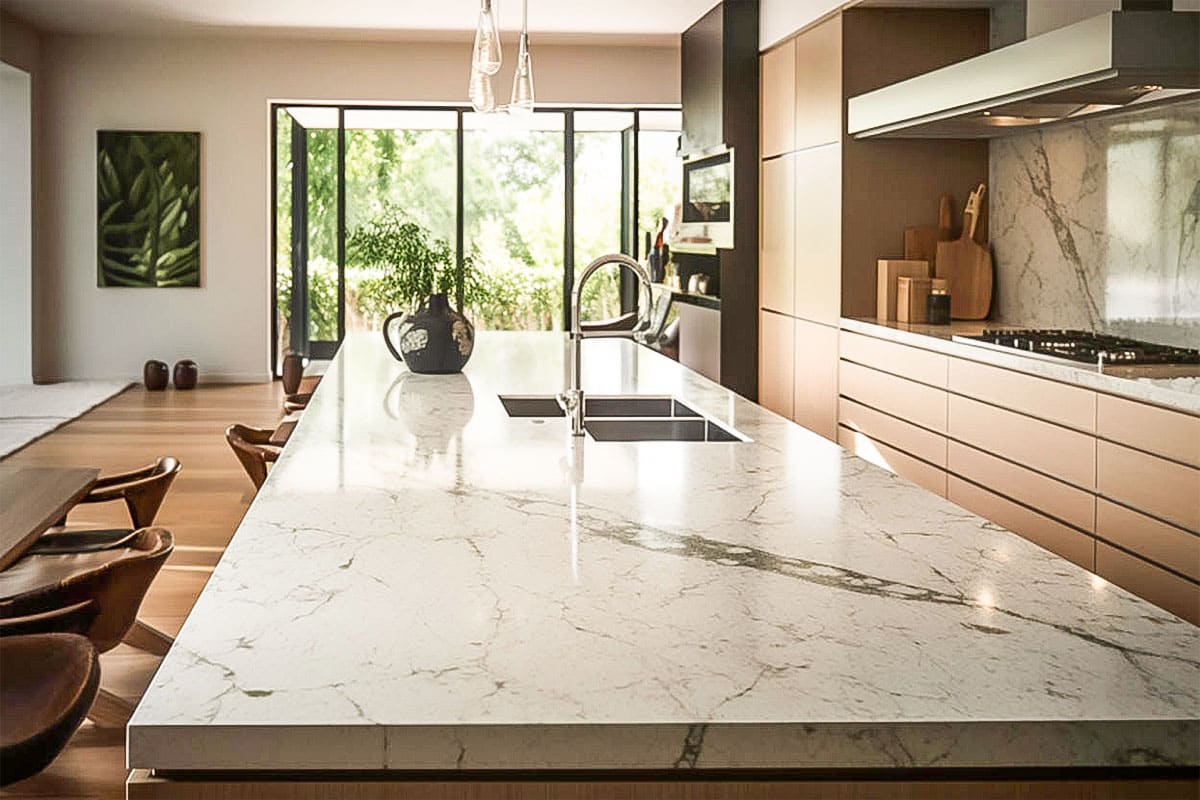
Some Silistone manufacturers offer a dizzying array of colors, from soft and calming neutral shades to bright and loud tones. Add textural elements to panel colors, and homeowners can unlock the doors to optimum creativity.
Unlike other construction materials, Silestone quartz countertops resist scratches, preserving their colors for many decades. Stains are also never an issue, giving the slab a pristine look with minimal maintenance. More importantly, Silicone colors are nearly impervious to extreme heat, making them ideal for kitchen countertops and similar areas.
Homeowners can pick from over 60 different colors across 13 categories, including Le Chic, Urban Crush, Influencers, Stonium, Basiq, Custom, ECO, Eternal, Ethereal, Loft, Nebula, Nebula Alpha, and Sunlit Days.
Why Choose Silestone over Cambria
Choosing Silestone over Cambria is a deeply personal decision.
Most homeowners pick the Spanish-made Silestone because its colors and patterns are more in tune with the minimalist nature of modern architecture and interior design. Meanwhile, American-made Cambria is perfect for more traditional homes, leveraging the product’s vibrant colors and rich patterns.
Surprisingly, Cambria’s natural quartz composition is 3% higher than Silestone’s at 93%. However, this variance is inconsequential because quartz remains one of the world’s toughest substances, next only to diamond, topaz, and sapphire.
However, Silestone may be a better choice if you’re queasy about germs on surfaces because it can resist more bacterial colonization.
Visit our Silestone countertops for more related content.

